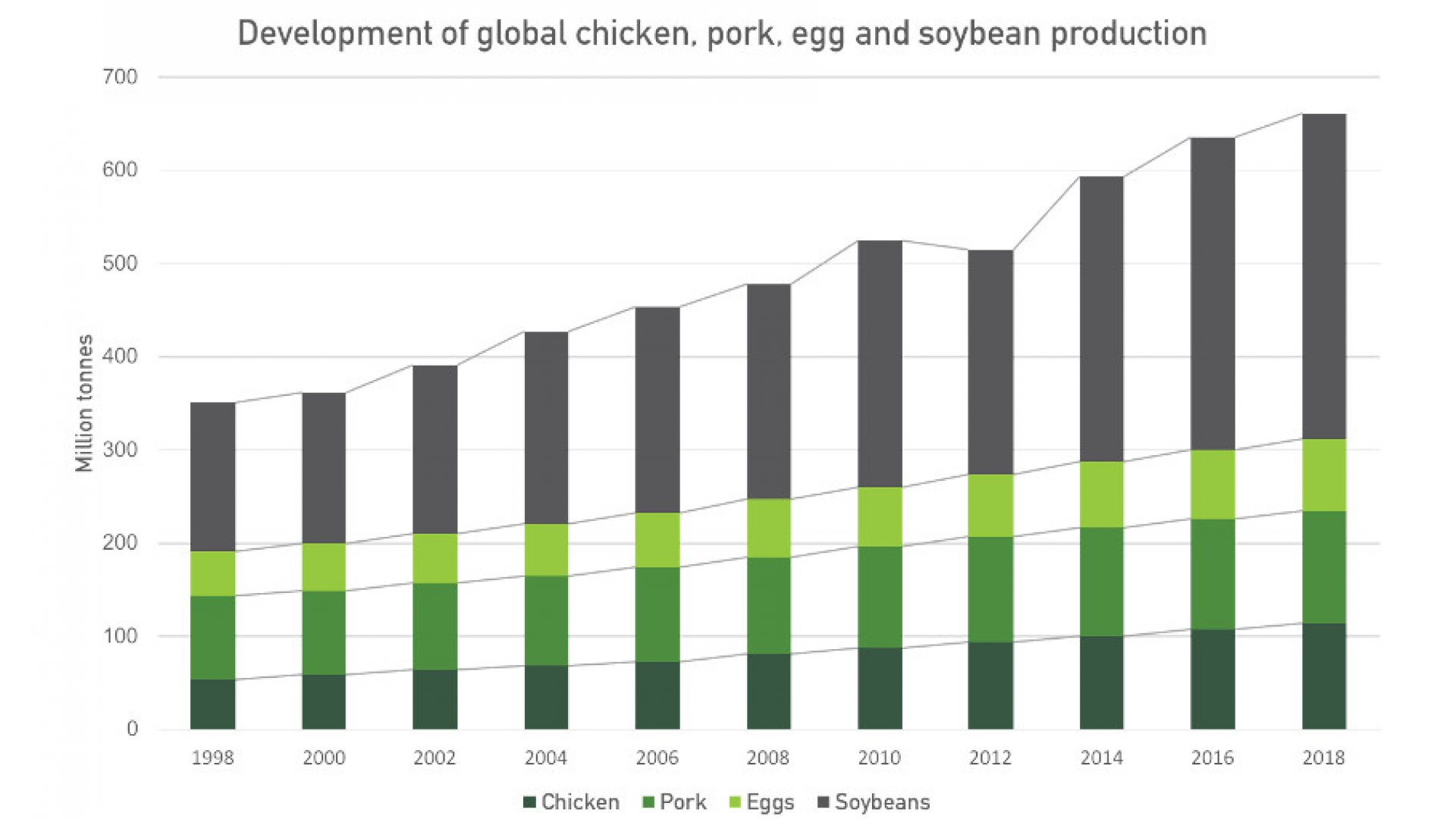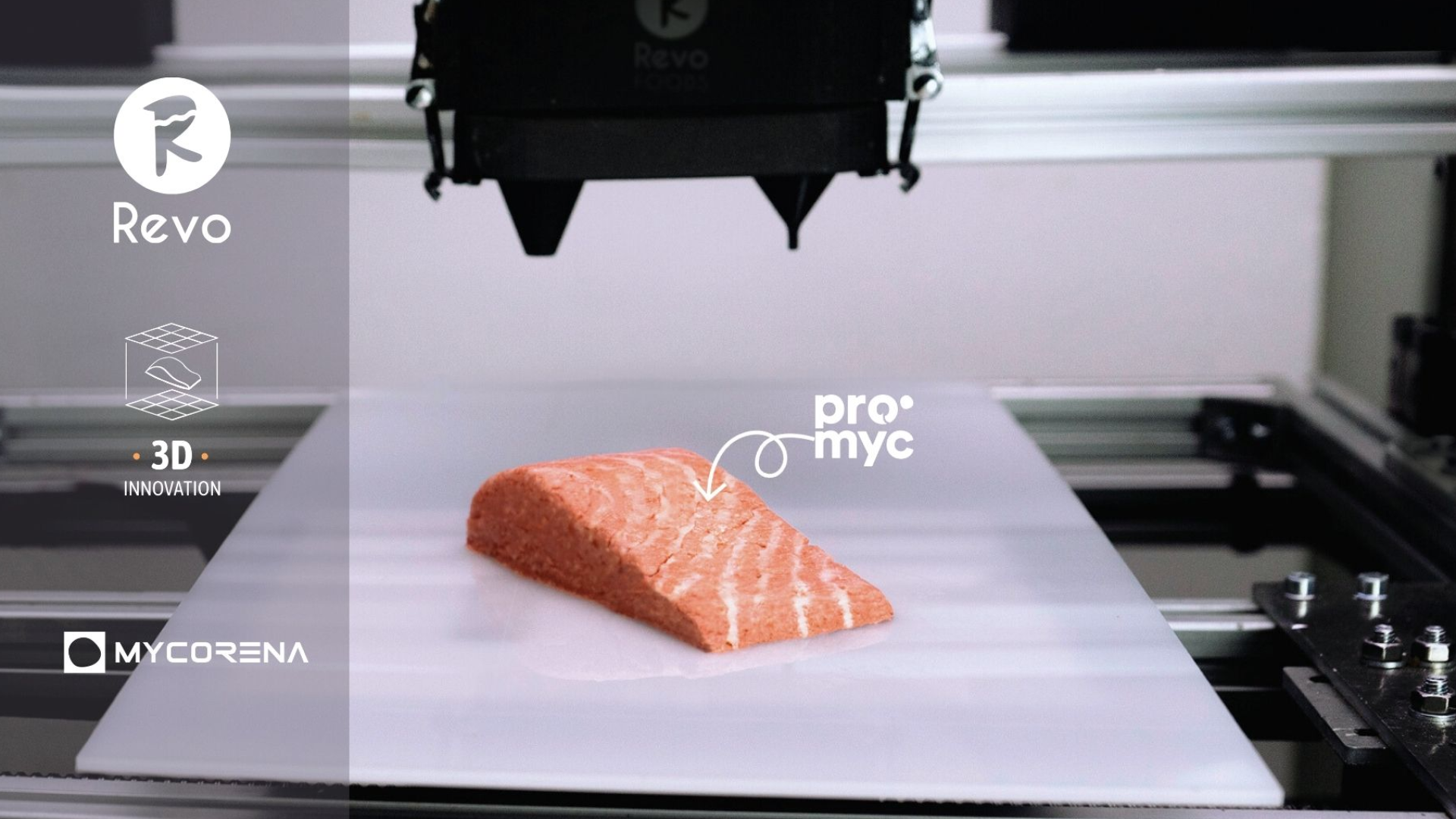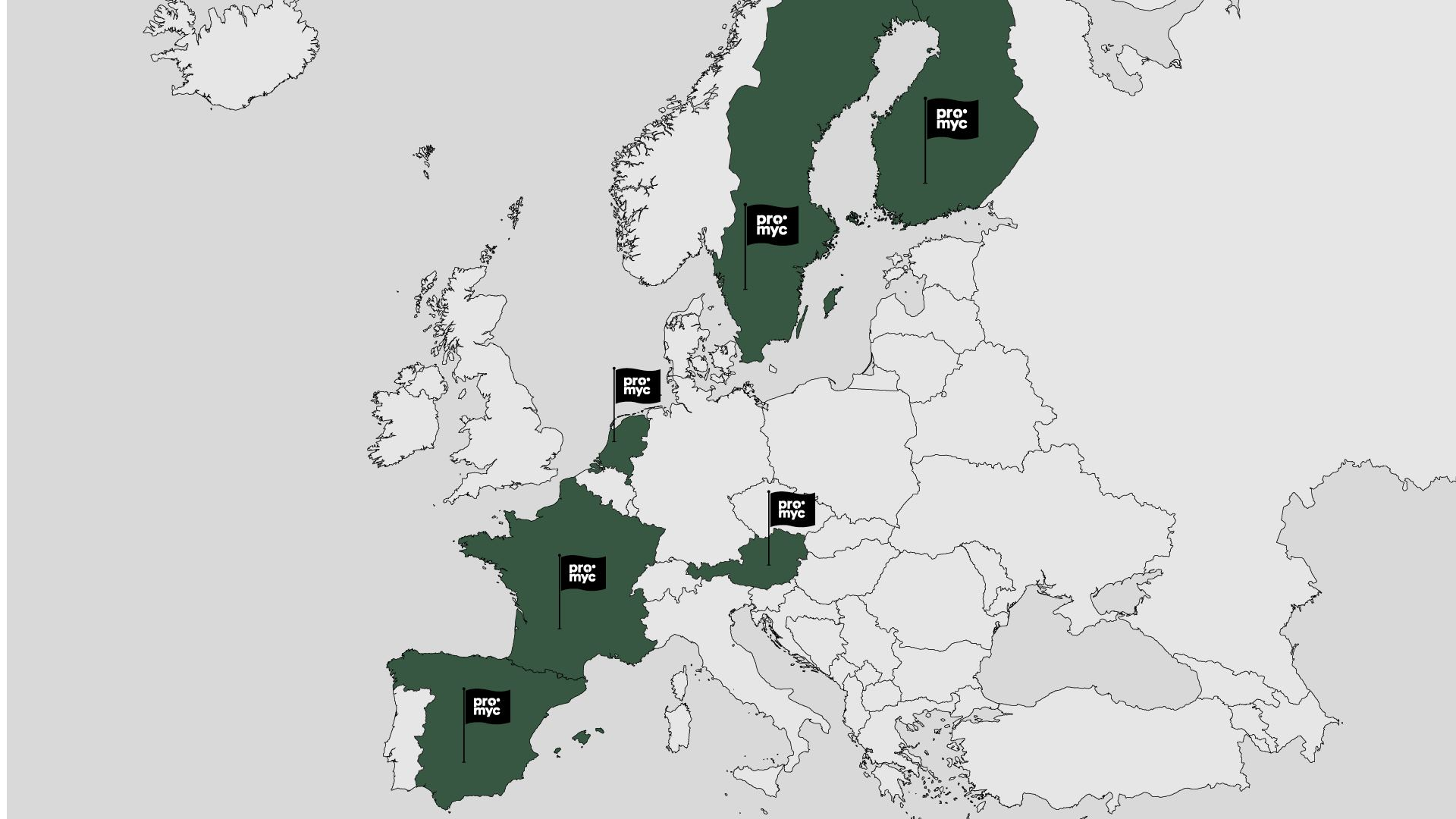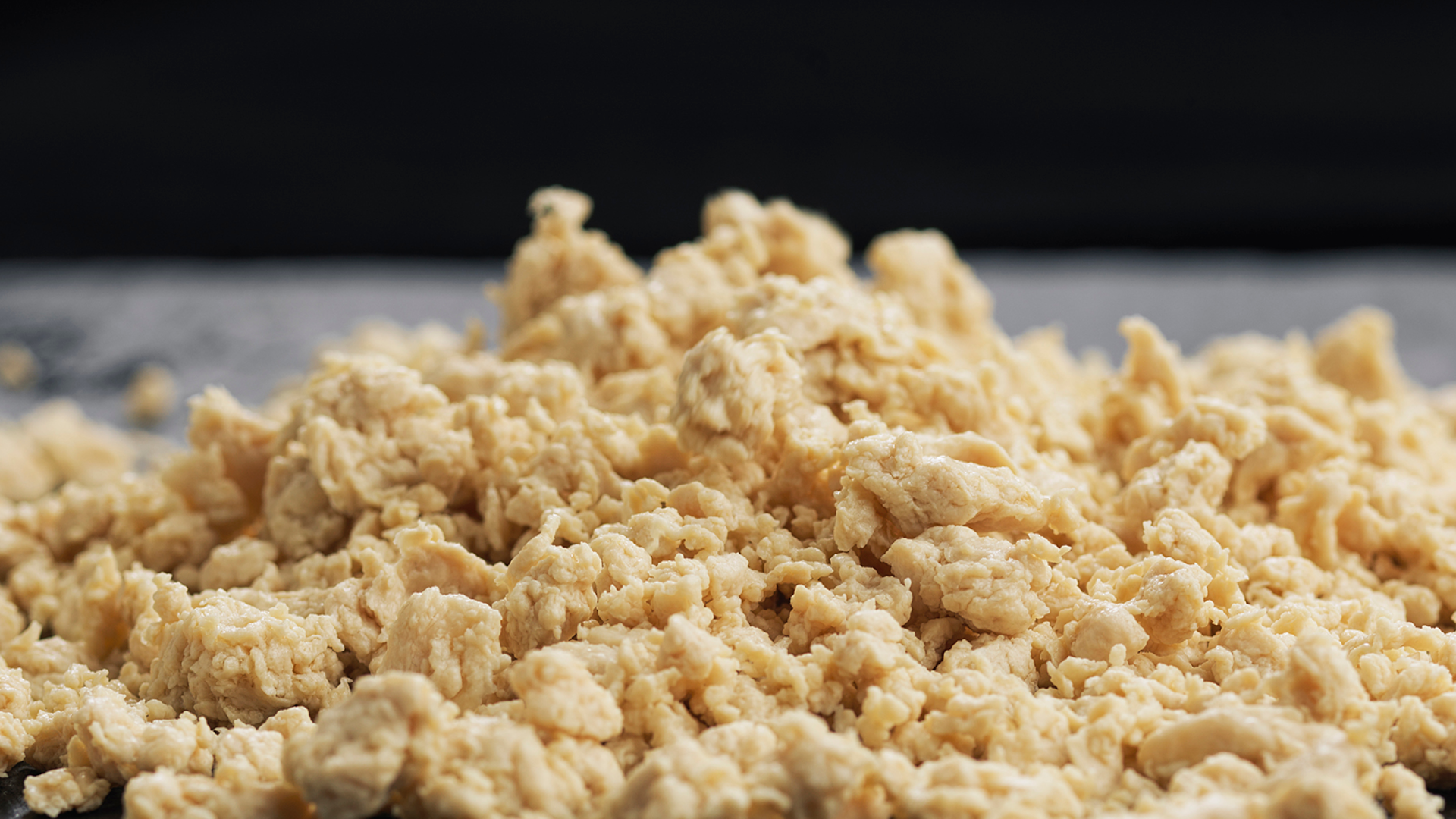Steady population growth coupled with socio-economic changes such as rising incomes, has driven the global demand for protein sources to increase. The contribution of protein to healthy aging is also increasingly recognised where the average person needs approximately 7g of protein for every 9kg of body weight (Harvard School of Public Health). As consumers become more aware of their purchase decisions, businesses are forced to follow suit. The bullwhip effect of meat and soybean production and increased environmental concerns relating to current agriculture and aquaculture processes has propelled the growth of the food tech industry. Consumer-driven demand for improved transparency with the traceability and quality of consumables along with advances in the taste and texture of mycoproteins have promoted this protein source as the sustainable protein solution of the future.

Imagine the small movement of your wrist as a variation in consumer demand and the tremendous effect of this small movement at the other end – the manufacturing sector. This has been coined the bullwhip effect. Agricultural practices and the farming of livestock cannot be upscaled or downscaled quickly leading to inefficiencies and excess waste. Soybeans (the largest source of plant-based protein worldwide) take 3 to 5 months from seed to harvest where if the market would face a sudden shift in demand on the consumer side, it would take the supply chain around half a year to respond to such an effect. To add, The Food and Agricultural Organisation (FAO) reported that over 300 million tonnes of soybeans were produced in 2018 where the majority of that production takes place in the western hemisphere, particularly the United States, Brazil and Argentina. This makes the world supply and market price reliant on these sources which could be affected by geo-politics and/or climate change.

Additionally, red meat production stands out for its disproportionate impact relating to greenhouse gas emissions. Making just one kilogram of beef generates five times more greenhouse gas emissions than making one kilogram of chicken. This same amount of beef generates 40 times more greenhouse gas emissions than making one kilo of pulses. Today’s current food production practices place unsustainable demands on our natural resources; deforestation, species extinction and freshwater depletion and contamination are some of the environmental effects these agricultural practices have had.

The growing demand on firms to be transparent about their operations has forced operators to rethink how they do business and who they do business with. At present, soybean production is a multistage process normally requiring input from many operators across multiple borders:
- Soybean pods are harvested from fields where the seeds are then separated, dried, and shipped to a soybean processing plant;
- They are then screened to remove damaged beans and foreign materials;
- Clean beans are then passed through serrated rollers to be broken into pieces;
- The outer hulls are also removed through the process of aspiration either before or after, depending on the desired outcome;
- The beans are then crushed through smooth rollers to form flakes where the oil is simultaneously extracted;
- Gums are then separated, and the oil is refined and deodorized for use as vegetable oil in foods.
Tracing the quality of such an operation is often a difficult task where the outcome of production is also based upon many factors. Weather is an uncontrollable factor whilst demand, albeit controllable, is difficult to forecast and even harder to respond to (see our article on the bullwhip effect). Instead of having to go through the complex and unreliable steps mentioned above, Mycorena’s Promyc mycoprotein is a simple and local production that only requires 48 hours to grow and harvest as opposed to the 3 to 5 months for soybean proteins. The raw material used can be anything from wheat to sugarcane derivatives.

Promyc® has a texture that resembles that of meat whilst the high protein content keeps you feeling satiated. It’s neutral flavour gives one the flexibility to customise tastes and flavours where Promyc’s® protein content is significantly higher than soy and pea alternatives. The added bonus of essential amino acids contributes to the protein “package” we need for good health.
All in all, as global demand increases for protein sources, the onus is on us to ensure that the next 30 years set a precedent in terms of sustainable and environmentally conscious food production. In further developing mycoproteins and by encouraging mycoprotein consumption to become the “new normal”, we are one step closer to paving the way for an exponential roadmap to a carbon positive and environmentally sound future.
Authors:
Tamara Adzic
Business Developer at Mycorena
Louis Leboa
Intern at Mycorena












